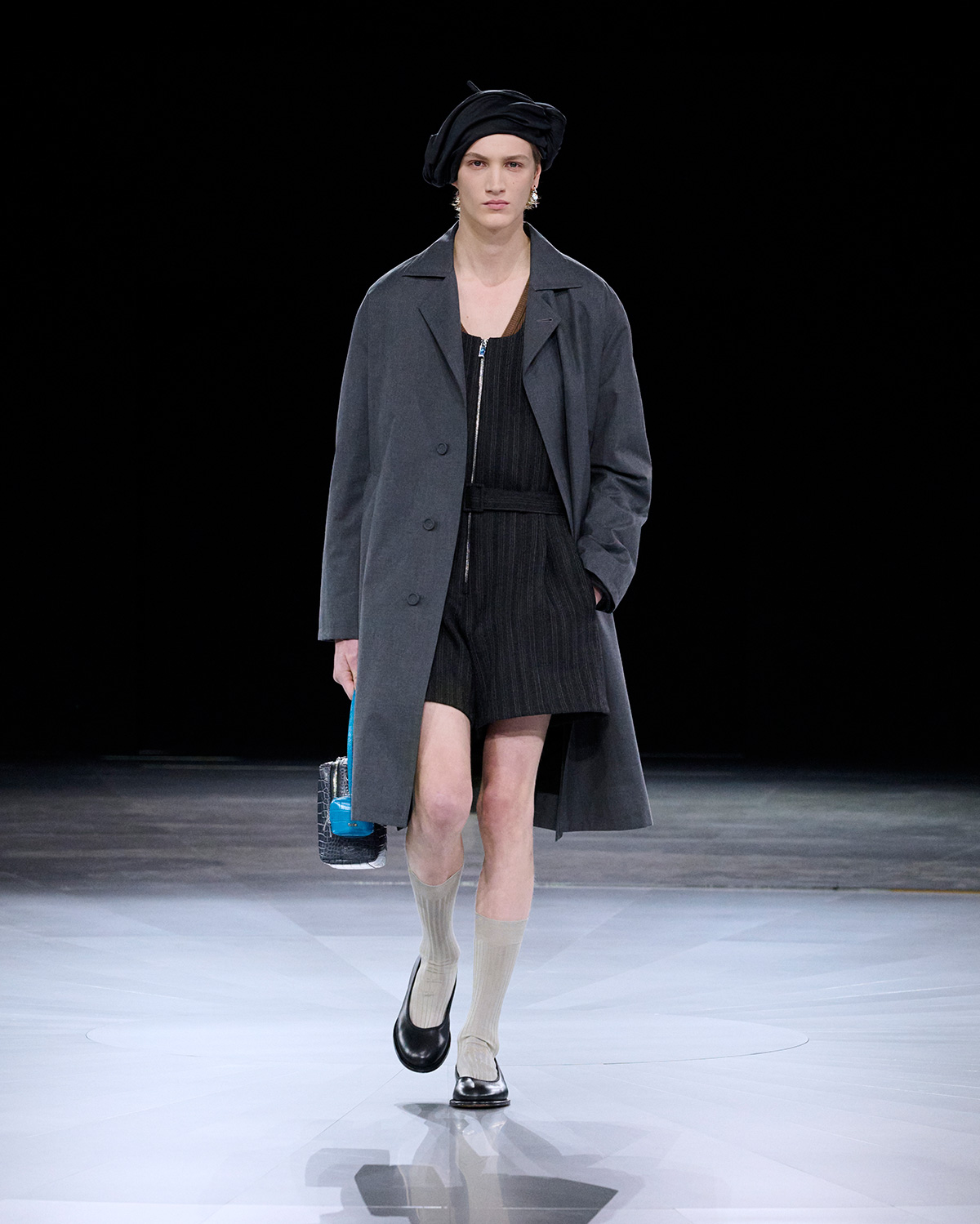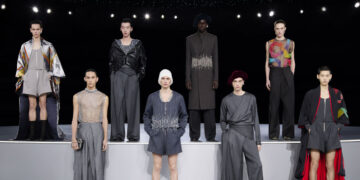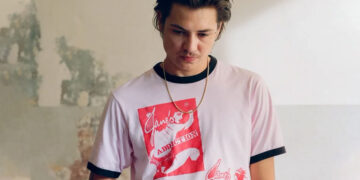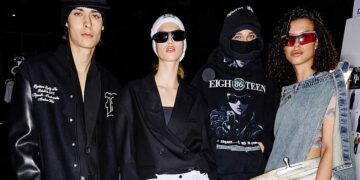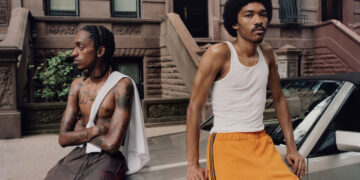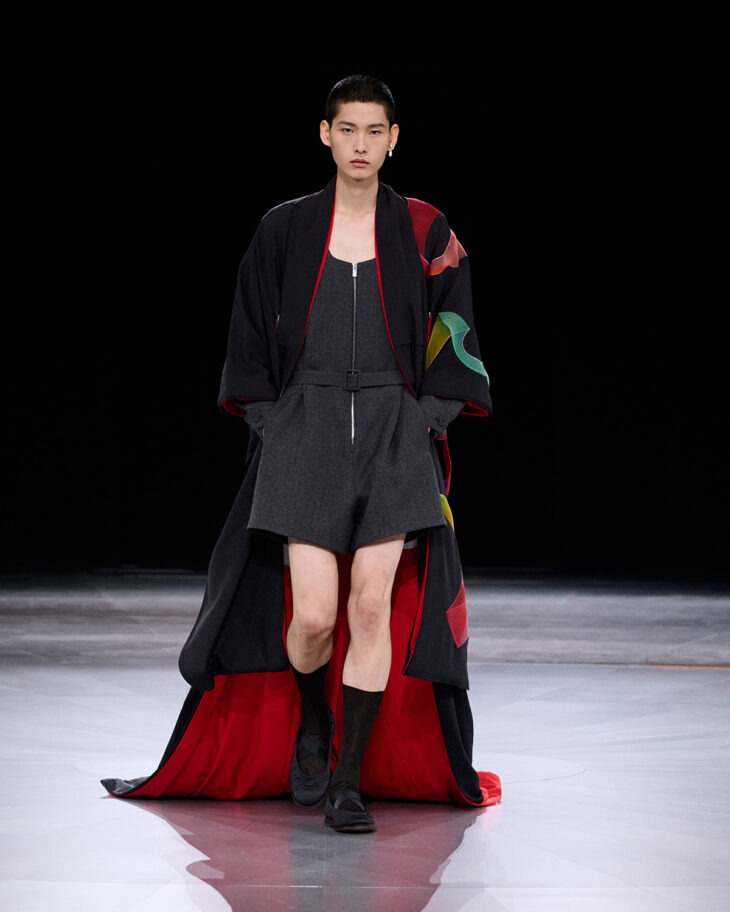
Kim Jones, Dior Men‘s Artistic Director, has blended fashion and ballet in the Winter 2024-2025 collection. Drawing inspiration from the ballet dancer Margot Fonteyn and her dance partner, Rudolf Nureyev, the collection is a homage to their artistry and style. Jones’s personal connection to Nureyev, through his uncle, photographer Colin Jones, who was a ballet dancer and a friend of Nureyev, adds a deeply personal layer to this creative endeavor. The collection is an exploration of contrasts, reflecting the diverse aspects of the House of Dior, from ready-to-wear to haute couture, and mirroring the onstage and offstage lives of a ballet dancer.
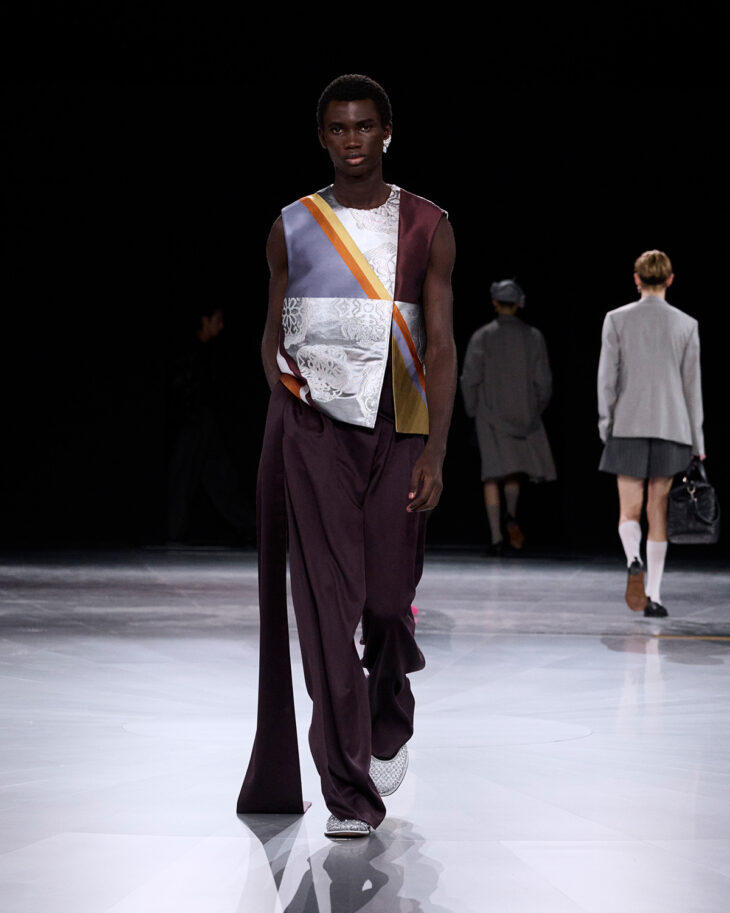
The Dior Men’s Couture line, introduced for the first time this season, is inspired by the dual lives led by Nureyev – the discipline and rigor of a ballet dancer juxtaposed with the opulence and flamboyance of his stage persona. The collections are a study in contrasts, embodying both the practicality of ready-to-wear and the theatrical extravagance of haute couture. Through the lens of Nureyev’s life, the collection explores the idea of living two distinct yet intertwined lives, each characterized by excellence, ease, and discipline.
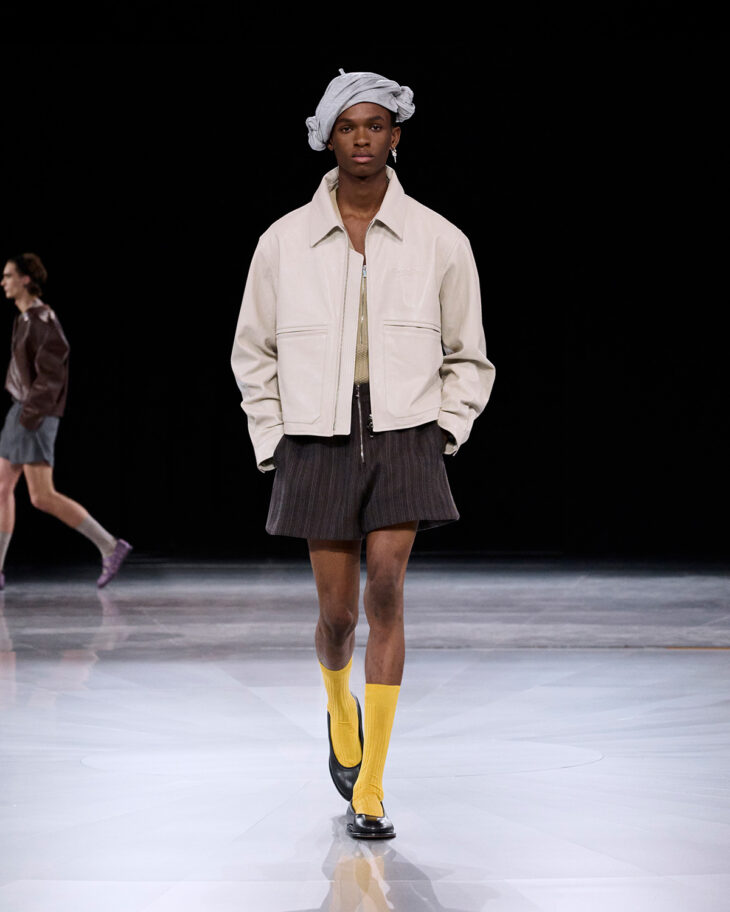
Drawing once more from the Dior archives, the collection reimagines Saint Laurent‘s tailoring for the modern man, with a specific focus on volumes, vents, pleats, and necklines. A new masculine iteration of Monsieur Dior’s Bar is also featured, harmonizing with Jones’s oblique design – a signature element since his first collection for Dior – showcasing an extended double-breasted wrap combined with a fluid bar waist curve. The collection brings a sixties and seventies straightforwardness to life, with single-breasted simplicity, gently flared trousers in rich wool melange, and a style reflective of Nureyev’s own.
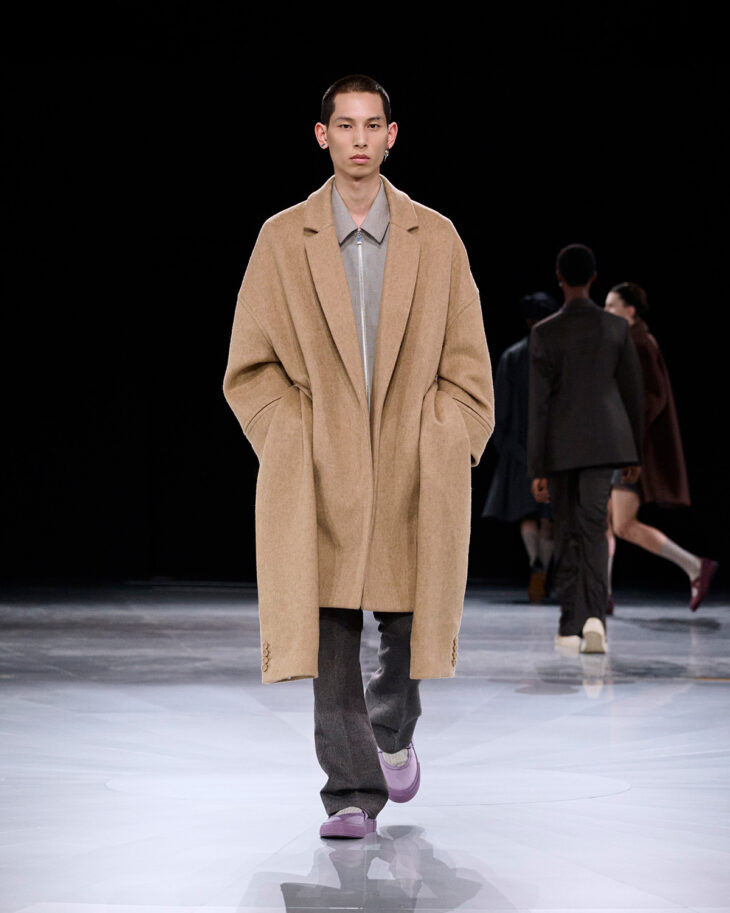
The world of Dior Couture reflects the extravagance of Nureyev’s stage presence, capturing his flamboyance, insolence, and elegance. It also mirrors his private passion for collecting antique textiles, evident in the kimonos featuring ancient hand techniques by master craftsmen in Japan. One standout piece is the silver Uchikake kimono, using the prestigious Hikihaku weaving technique and based on one owned and worn by Nureyev. Additionally, the collection reimagines Monsieur Dior’s 1950 Debussy dress, originally worn by Fonteyn, in a masculine iteration, showcasing the exquisite craftsmanship of Dior’s archive embroideries.
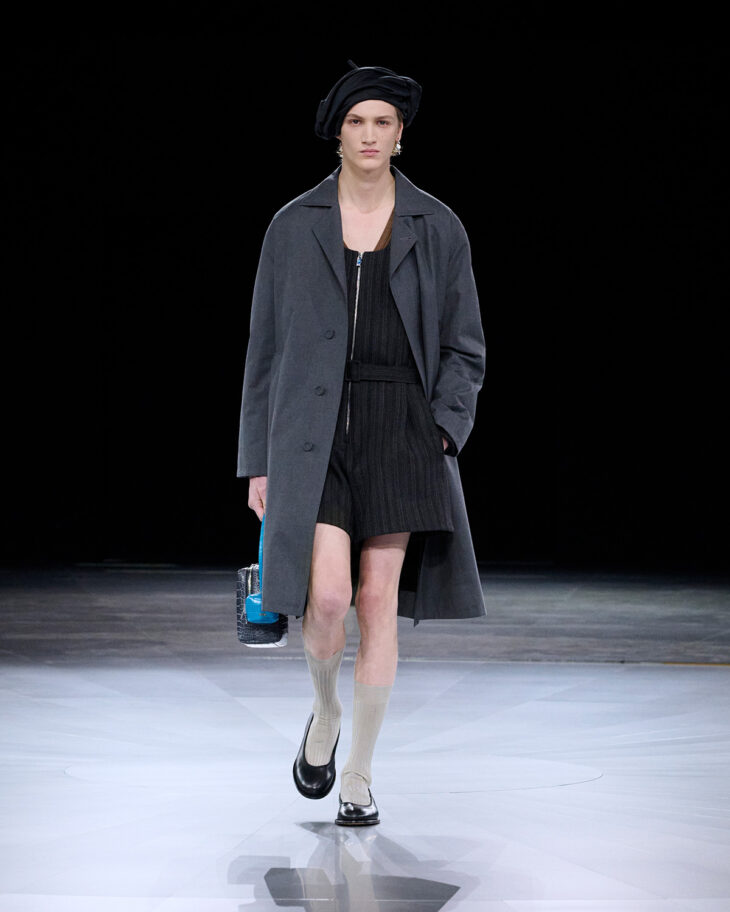
The accessories in the collection echo the simplicity, discipline, and extravagance of these two worlds. The footwear, combining the aesthetic of a dancing slipper with masculine eveningwear traditions, features a rigorous San Crispino leather construction contrasted with a silk-polyester Mary-Jane sneaker for men. The collection also includes softly constructed utilitarian bags that amplify house codes, such as oversized grained MacroCannage camera and bum bags, as well as sumptuous velvet hats, originally designed by Stephen Jones in 1999 for Dior womenswear, now reinterpreted as a twisted silk jersey dancer’s turban for men.
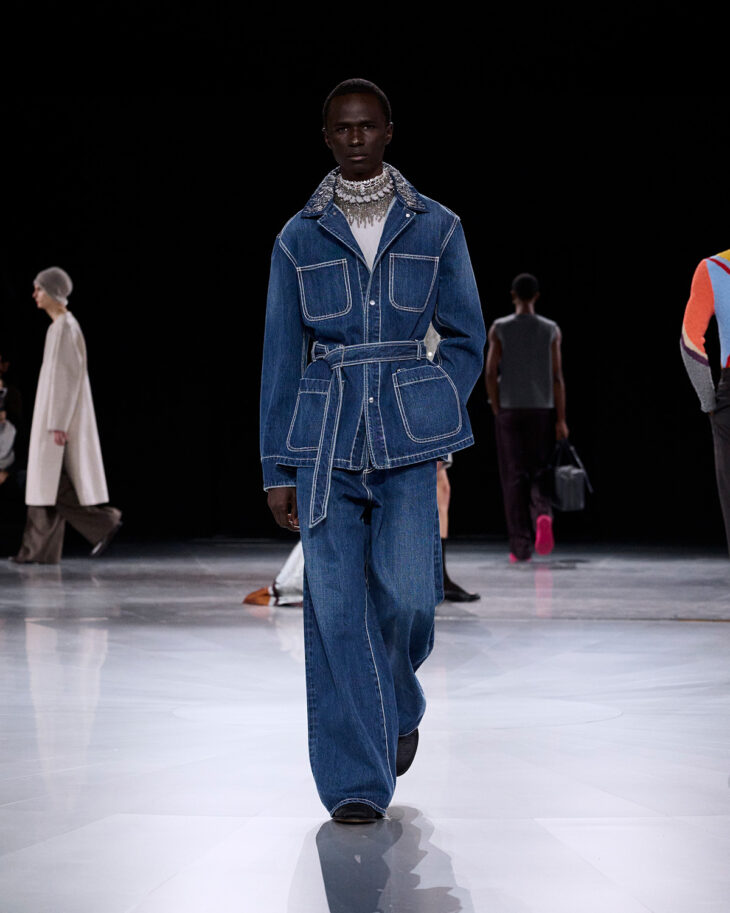
The presentation of the Dior Winter 2024-2025 collection, directed by Baillie Walsh with music by composer Max Richter, is an immersive experience that further ties the worlds of ballet and fashion. The music, specially revisited by Richter for the show, features Sergei Prokofiev‘s “Dance of the Knights” from the ballet “Romeo and Juliet,” famously danced by Nureyev and Fonteyn in London in 1965. This collection stands as a tribute to the artistry and elegance of ballet, seamlessly woven into the fabric of modern men’s fashion.
